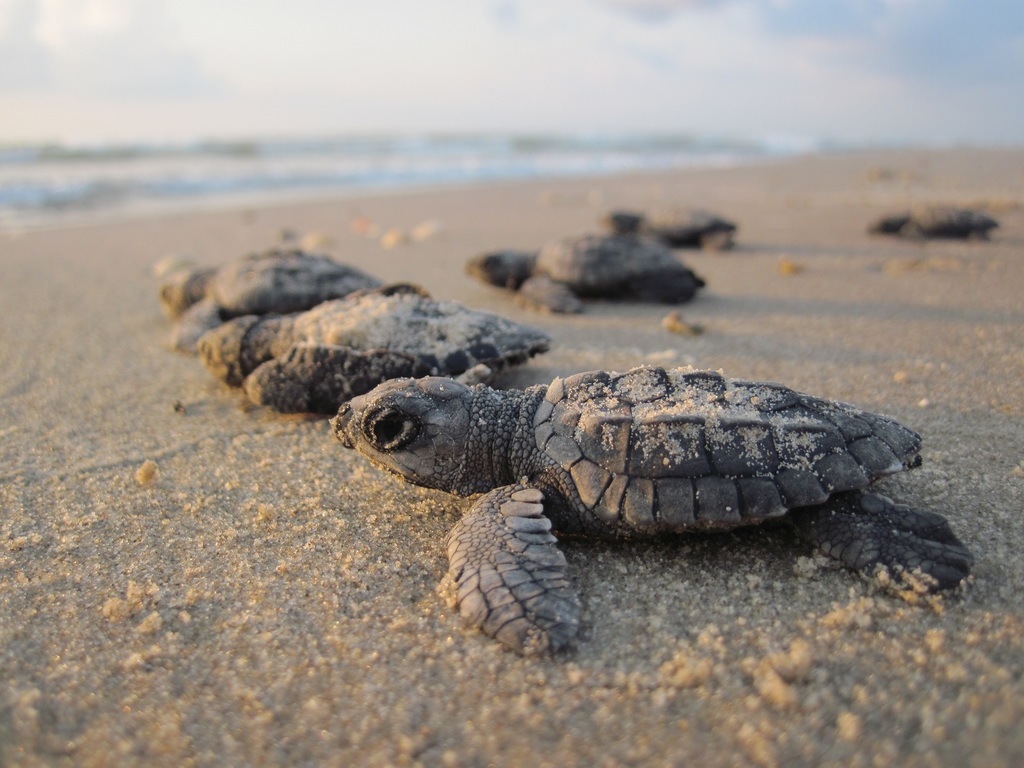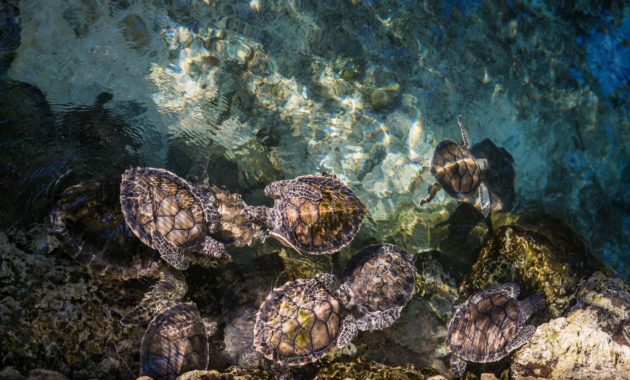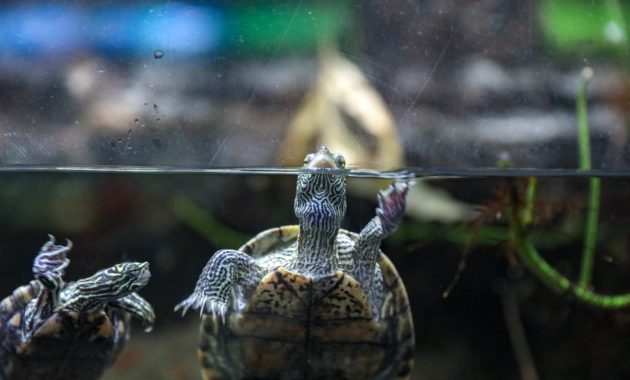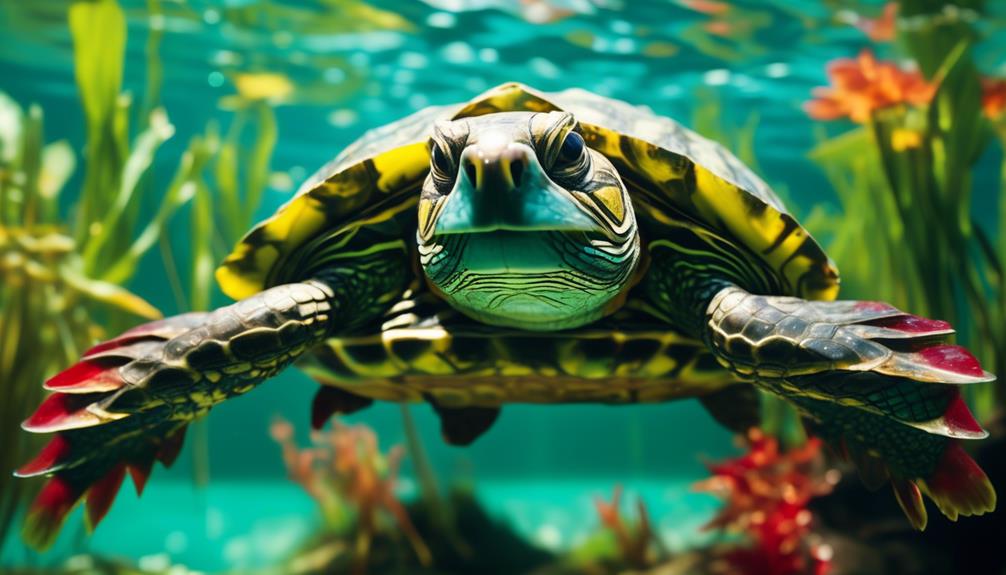
As you wander along the banks of a serene river, your eyes catch a glimpse of a shimmering gem gracefully gliding through the water. The Alabama Map Turtle, a captivating creature with its intricate patterns and unique features, has piqued your curiosity.
But what makes this elusive turtle so special? How does it navigate the rivers of the Southeast? And what secrets does it hold within its intricate shell?
Join us on a journey of exploration as we unravel the captivating mysteries of the Alabama Map Turtle, a true gem of the river.
Key Takeaways
- The Alabama Map Turtle is a medium-sized aquatic turtle found in rivers and streams in Alabama, Georgia, Florida, Louisiana, and Mississippi.
- It has distinct features such as a dorsal keel on the shell, net-like orange and yellow patterns on the carapace, and an olive facial mask with connected blotches.
- The turtle has specific habitat requirements, preferring rocky streams and large muddy rivers with basking sites, UVB lighting, and heat lamps.
- Its diet consists of aquatic snails, mollusks, small fish, worms, tadpoles, aquatic insects, and crawfish. It has different feeding adaptations based on age and gender.
Size, Lifespan, and Description
The Alabama Map Turtle is a medium-sized aquatic breed with a distinctive dorsal keel on its shell, showcasing net-like and fine orange and yellow patterns. This turtle can grow anywhere from 3.5 to 11.5 inches in length and has a lifespan of 50+ years.
It’s an aquatic species, preferring to live in rivers and streams in Alabama, Georgia, Florida, Louisiana, and Mississippi. The Alabama Map Turtle has an olive facial mask with three connected blotches and a light bar running from its chin to its neck.
Males and juveniles prefer shallower habitats and basking on brush or fallen logs, while females prefer deeper waters. With its unique appearance and impressive size, the Alabama Map Turtle is truly a gem of the river.
Type, Native Habitat, and Environment
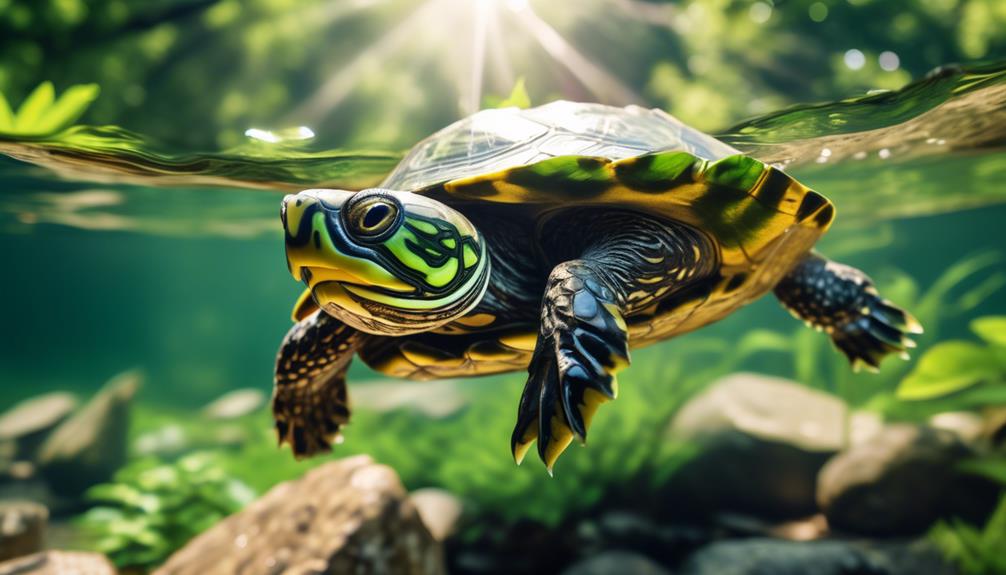
The Alabama Map Turtle is an aquatic reptile that can be found in the rivers and streams of Alabama, Georgia, Florida, Louisiana, and Mississippi. This medium-sized turtle prefers rocky streams and large, muddy rivers for its native habitat.
Males and juveniles tend to prefer shallower habitats and bask on brush or fallen logs, while females prefer deeper waters.
To create an ideal environment for the Alabama Map Turtle, it’s important to mimic streams and rivers with muddy or sandy bottoms. A basking site with UVB lighting and a heat lamp is required, with water temperature in the low to mid 70s Fahrenheit and air temperature ranging from low to mid 80s Fahrenheit. A recommended tank size of at least 40 gallons for males and 90 gallons for females is also recommended.
Recommended Tank Size and Care Requirements
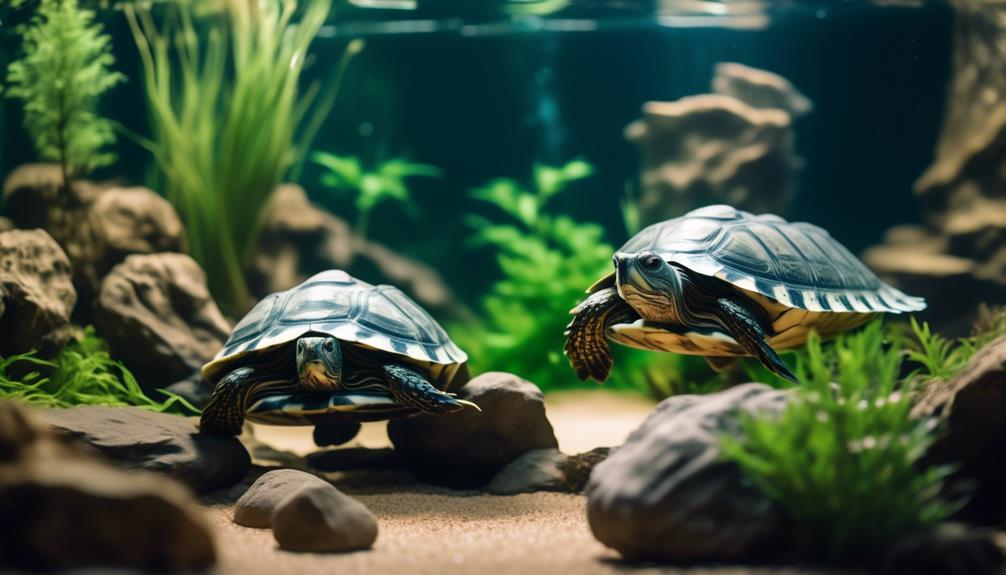
To properly care for an Alabama Map Turtle, it is essential to provide a suitable tank size and meet specific care requirements. For this species, it is recommended to have a tank size of at least 40 gallons for males and 90 gallons for females. This ensures that they have enough space to swim and move around comfortably. In addition to the tank size, it is important to provide a basking site with UVB lighting and a heat lamp. The water temperature should be maintained in the low to mid 70s Fahrenheit, while the air temperature should range from low to mid 80s Fahrenheit. By meeting these care requirements, you can create a suitable environment for your Alabama Map Turtle to thrive in.
| Care Requirements | |
|---|---|
| Tank Size | At least 40 gallons for males, 90 gallons for females |
| Basking Site | UVB lighting and heat lamp |
| Water Temperature | Low to mid 70s Fahrenheit |
| Air Temperature | Low to mid 80s Fahrenheit |
Food and Diet
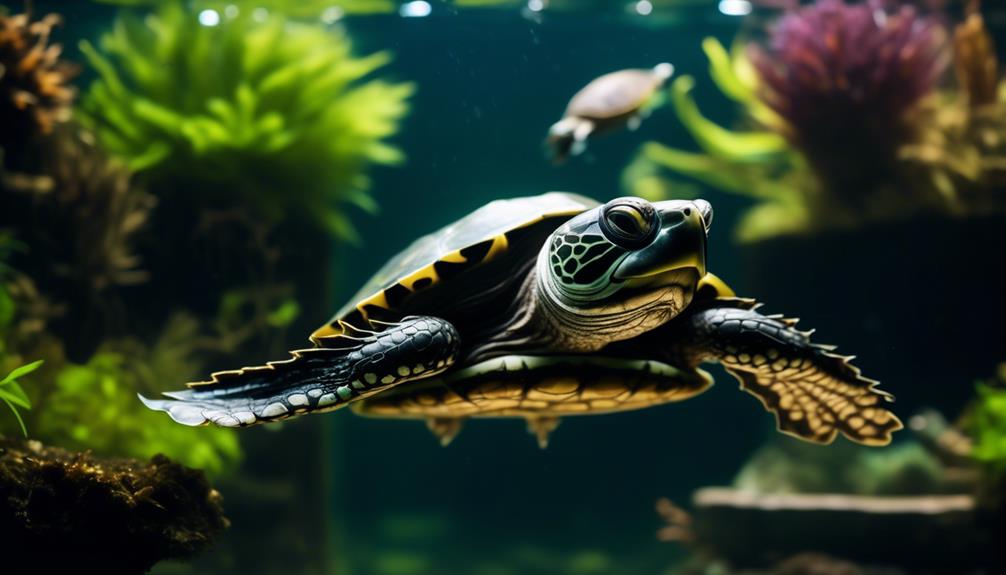
What do Alabama Map Turtles eat to maintain their health and well-being?
These aquatic turtles have a diverse diet that includes aquatic snails, mollusks, small fish, worms, tadpoles, and aquatic insects. They also enjoy indulging in crawfish.
Juvenile turtles have a strong jaw that allows them to easily consume insects, while adult females have a larger head that helps them crush mollusks.
Their low maintenance diet makes it easier for you to provide them with the necessary nutrition. By offering a variety of these food sources, you can ensure that your Alabama Map Turtle remains healthy and thriving.
Remember to provide a balanced diet to support their growth and overall well-being.
Native Range
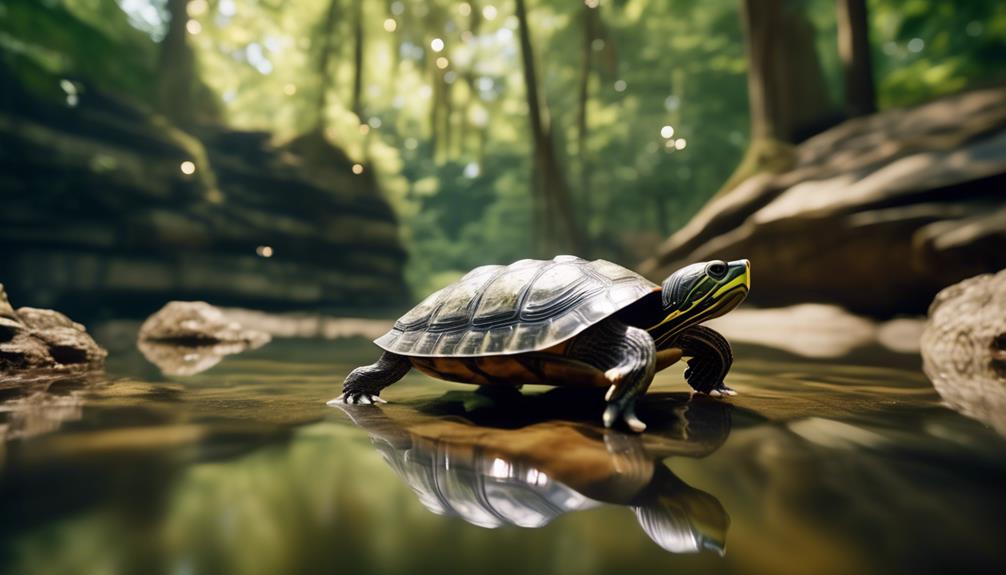
Alabama Map Turtles can be found in rivers and streams across several states in the southeastern United States. They have a native range that includes Alabama, Georgia, Florida, Louisiana, and Mississippi. These turtles prefer rocky streams and large, muddy rivers as their natural habitat.
Males and juveniles tend to prefer shallower habitats and can often be seen basking on brush or fallen logs. On the other hand, females prefer deeper waters.
If you’re considering keeping an Alabama Map Turtle as a pet, it’s important to create a habitat that mimics their natural environment. This means providing a tank with a muddy or sandy bottom, as well as a basking site with UVB lighting and a heat lamp.
Habitat Mimicking and Temperature Requirements
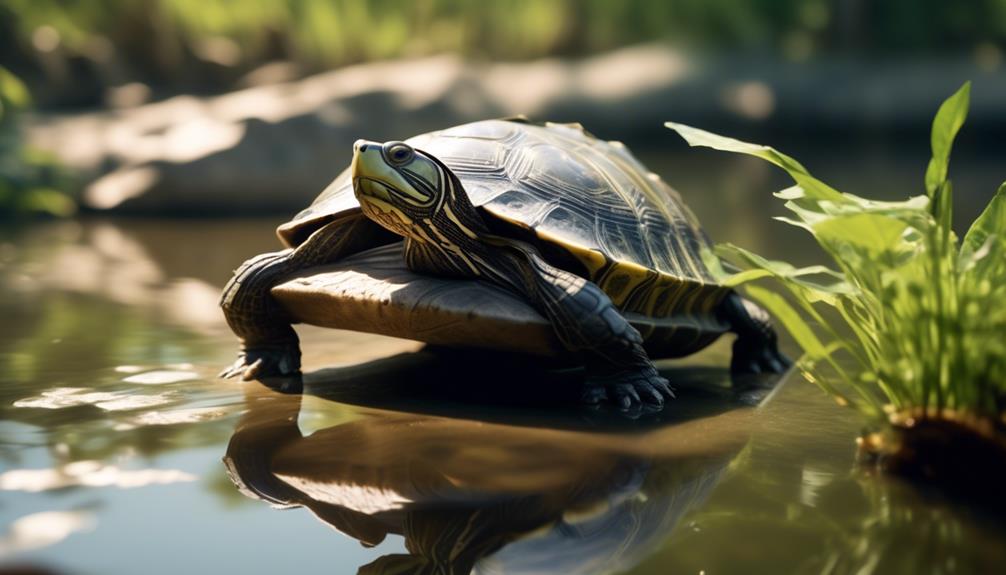
If you’re planning to keep an Alabama Map Turtle as a pet, it’s crucial to create a habitat that accurately mimics their natural environment and meets their temperature requirements.
These turtles are aquatic and can be found in rivers and streams in Alabama, Georgia, Florida, Louisiana, and Mississippi. They prefer rocky streams and large, muddy rivers, with males and juveniles preferring shallower habitats and basking on brush or fallen logs, while females prefer deeper waters.
To mimic their natural habitat, provide a tank with a muddy or sandy bottom, as well as a basking site with UVB lighting and a heat lamp. The water temperature should be in the low to mid 70s Fahrenheit, while the air temperature should range from low to mid 80s Fahrenheit.
It’s recommended to have a tank size of at least 40 gallons for males and 90 gallons for females.
Basking Site and Lighting Requirements
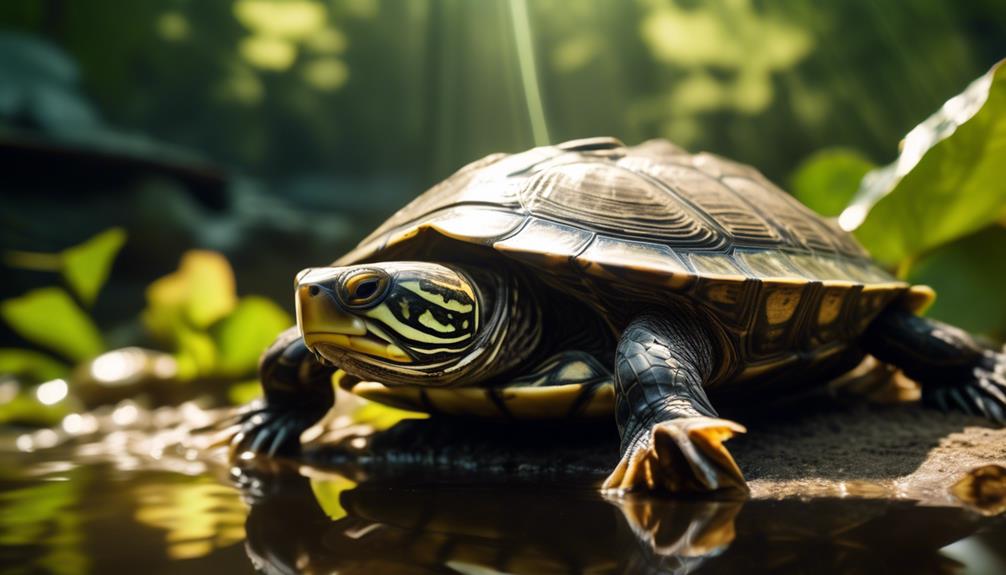
To meet the basking site and lighting requirements of an Alabama Map Turtle, it’s essential to provide a suitable setup in their habitat. Here are three key points to consider:
- Basking Site: Create a designated area where your turtle can bask. This should include a flat platform, such as a rock or log, that allows the turtle to fully emerge from the water. Ensure the basking area is large enough for the turtle to comfortably rest and receive adequate sunlight.
- UVB Lighting: Install a UVB light in the turtle’s enclosure. UVB rays are essential for the synthesis of vitamin D3, which helps the turtle properly metabolize calcium. This promotes healthy shell growth and prevents diseases like metabolic bone disease.
- Heat Lamp: Provide a heat lamp to maintain the proper basking temperature. Alabama Map Turtles require an air temperature ranging from the low to mid 80s Fahrenheit. The heat lamp should be positioned above the basking area to create a warm spot for the turtle to regulate its body temperature.
Frequently Asked Questions
What Are the Breeding Habits of the Alabama Map Turtle?
Breeding habits of the Alabama map turtle include mating in the water and the female laying eggs on land. It takes about 70-90 days for the eggs to hatch. The hatchlings are independent from birth.
How Do Alabama Map Turtles Defend Themselves From Predators?
Alabama map turtles defend themselves from predators by retreating to the safety of water. They have a strong shell and the ability to dive and swim quickly. They can also bite if necessary.
Are Alabama Map Turtles Aggressive Towards Humans?
No, Alabama map turtles are not aggressive towards humans. They are generally shy and prefer to swim away when approached. It’s important to respect their space and observe them from a distance.
How Do Alabama Map Turtles Interact With Other Turtle Species in Their Habitat?
Alabama map turtles interact with other turtle species in their habitat by competing for resources such as food and basking sites. They may also engage in territorial behavior and occasional aggression towards other turtles, especially during breeding season.
What Are Some Common Diseases or Health Issues That Affect Alabama Map Turtles?
Some common diseases or health issues that affect Alabama Map Turtles include respiratory infections, shell rot, and parasites. It’s important to provide proper care, a clean environment, and regular veterinary check-ups to ensure their well-being.
What Makes the Alabama Map Turtle Elusive and a River Gem?
The Alabama Map Turtle is an elusive southeastern aquatic gem reveal. Its distinct markings and shy nature make it a sought-after sight for turtle enthusiasts. Found in rivers and streams, this species is a true river gem, adding to the beauty of Alabama’s aquatic ecosystems.
Conclusion
In conclusion, the elusive Alabama Map Turtle is a fascinating species that captivates with its unique features and beauty. With the right care and environment, these river gems can thrive in captivity and live for over 50 years.
From the recommended tank size to the ideal water and air temperatures, taking proper care of these turtles ensures their well-being. So, embark on the journey of unraveling the secrets of the Alabama Map Turtle and enjoy the wonders of nature.

